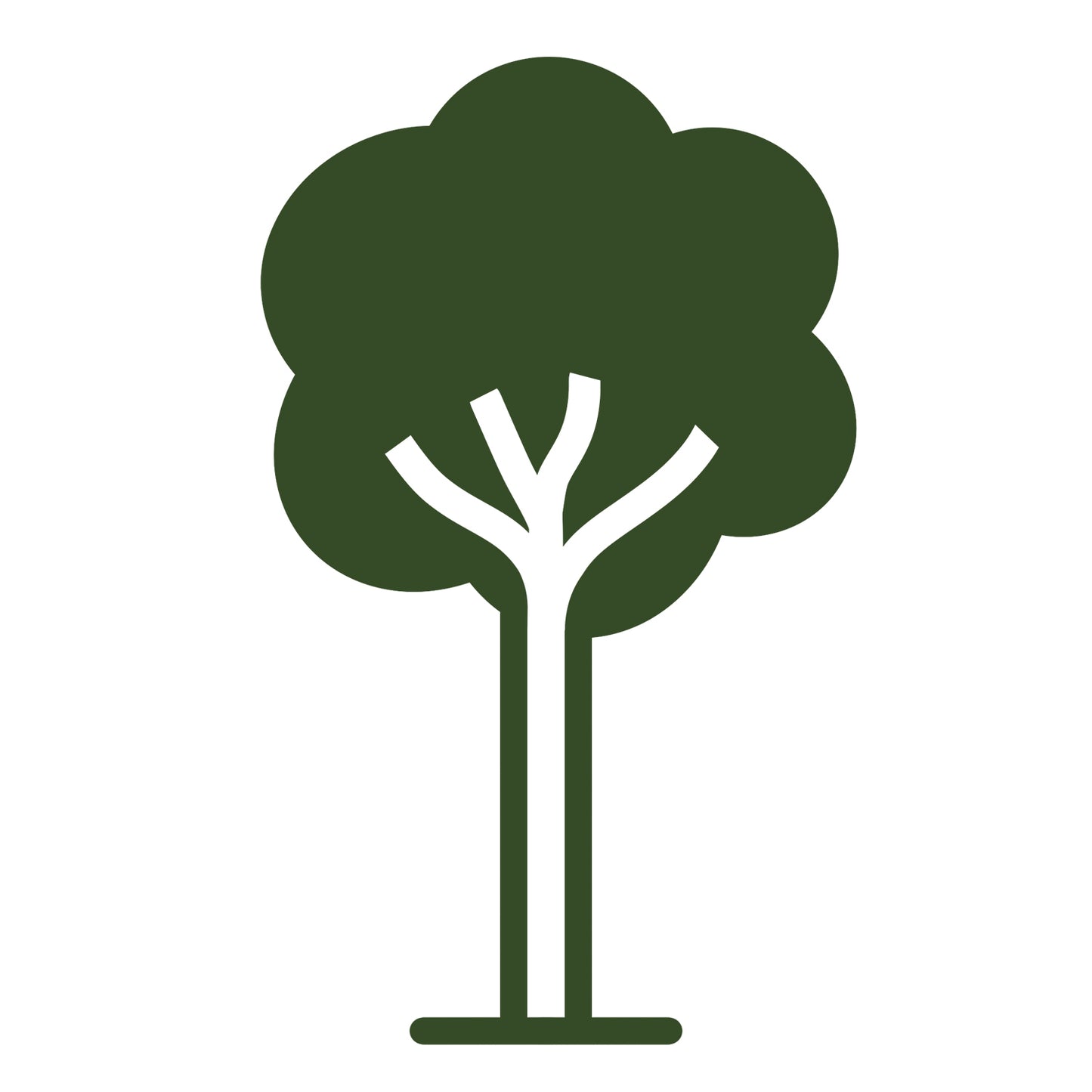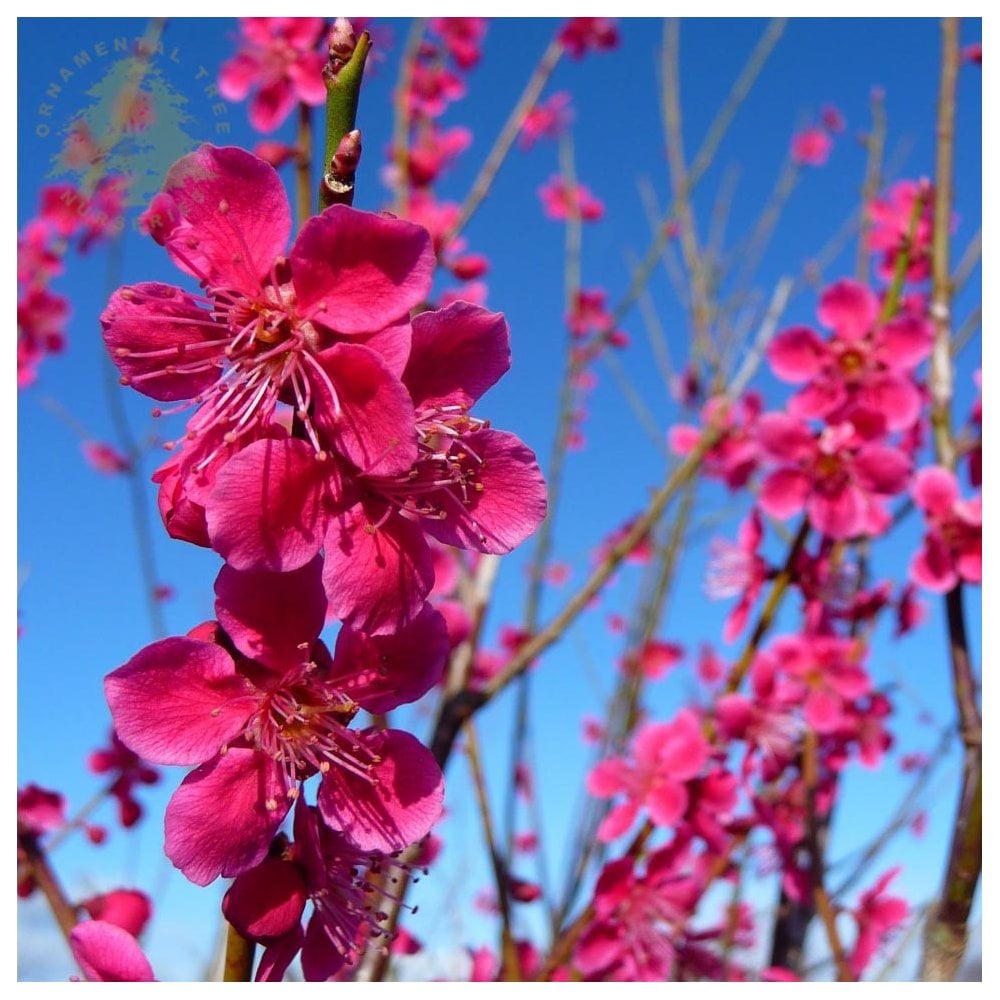Prunus mume 'Beni-chidori' Tree
Prunus mume 'Beni-chidori' Tree
Flowering Japanese Apricot Tree

Prunus mume 'Beni
Flowering Japanese Apricot Tree





Key features





Description
Prunus mume 'Beni-chidori' is a fantastic choice for an early flowering small tree. The deep pink single flowers lean towards a red shade and open on bare branches in late February – March, earlier than most Japanese flowering cherry trees. The flowers are almond scented and popular with a variety of wildlife. Mid-green, glossy foliage boasts apricot-orange tints in autumn.
This Japanese Apricot tree had a somewhat rounded head, making it slightly lollypop shaped. Expect a height and spread of 2.5 x 2.5 metres in 20 years. Tolerant of all but very damp or chalky soils, 'Beni-chidori is a fabulous choice for putting in a pot to add colour to a patio in the early grey of a new year.
Prunus mume 'Beni-chidori' is one of our most popular varieties of winter - early spring flowering tree. We also have a white flowering Japanese Apricot, Prunus mume 'Omoi-no-mama'.
AKA Japanese Apricot Beni-chidori, Prunus mume 'Beni Chidori'
| Small shrubs (1-3) | Young trees & 4+ small shrubs | Select semi-mature trees & shrubs (1-4) | All other mature trees (any quantity) | |
|---|---|---|---|---|
| Mainland UK ex. Scottish Highlands | £10 | £12 | £35 | from £55 |
| Scottish Highlands & the Islands | From £30 | |||
| Outside Mainland UK | Currently we are unable to deliver outside of Mainland UK | |||
Product Details
Key features





Description
Prunus mume 'Beni-chidori' is a fantastic choice for an early flowering small tree. The deep pink single flowers lean towards a red shade and open on bare branches in late February – March, earlier than...
Prunus mume 'Beni-chidori' is a fantastic choice for an early flowering small tree. The deep pink single flowers lean towards a red shade and open on bare branches in late February – March, earlier than most Japanese flowering cherry trees. The flowers are almond scented and popular with a variety of wildlife. Mid-green, glossy foliage boasts apricot-orange tints in autumn.
This Japanese Apricot tree had a somewhat rounded head, making it slightly lollypop shaped. Expect a height and spread of 2.5 x 2.5 metres in 20 years. Tolerant of all but very damp or chalky soils, 'Beni-chidori is a fabulous choice for putting in a pot to add colour to a patio in the early grey of a new year.
Prunus mume 'Beni-chidori' is one of our most popular varieties of winter - early spring flowering tree. We also have a white flowering Japanese Apricot, Prunus mume 'Omoi-no-mama'.
AKA Japanese Apricot Beni-chidori, Prunus mume 'Beni Chidori'
Planting & Care
Delivery Information
| Small shrubs (1-3) | Young trees & 4+ small shrubs | Select semi-mature trees & shrubs (1-4) | All other mature trees (any quantity) | |
|---|---|---|---|---|
| Mainland UK ex. Scottish Highlands | £10 | £12 | £35 | from £55 |
| Scottish Highlands & the Islands | From £30 | |||
| Outside Mainland UK | Currently we are unable to deliver outside of Mainland UK | |||
MORE TO GROW YOUR GARDEN
























